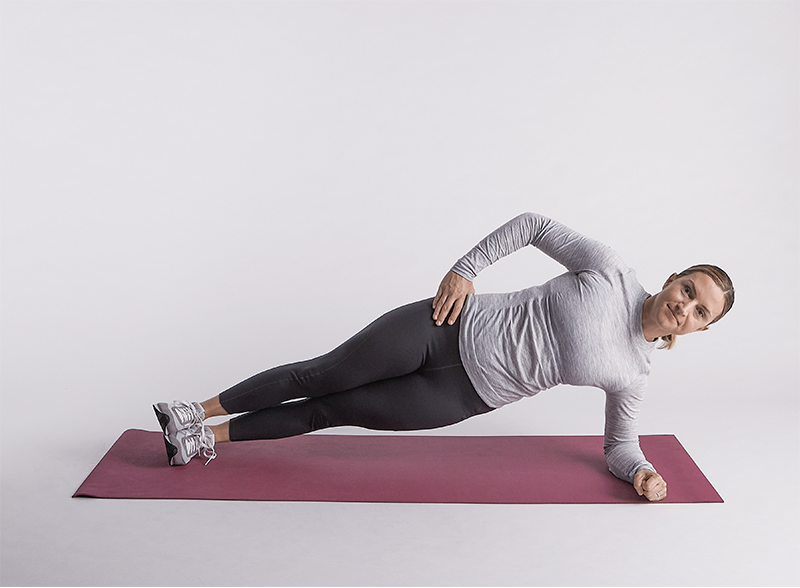How to do side planks: a Hinge Health guide
Learn how to do side planks to help improve core, hip, and shoulder strength, plus modifications to make it easier or harder.
0 $ pour vous
Date de publication : Apr 28, 2023
Table des matières
Fully covered back pain relief
Find relief from lower back pain, a thrown out back, sciatica, & more.
Check if I'm eligible